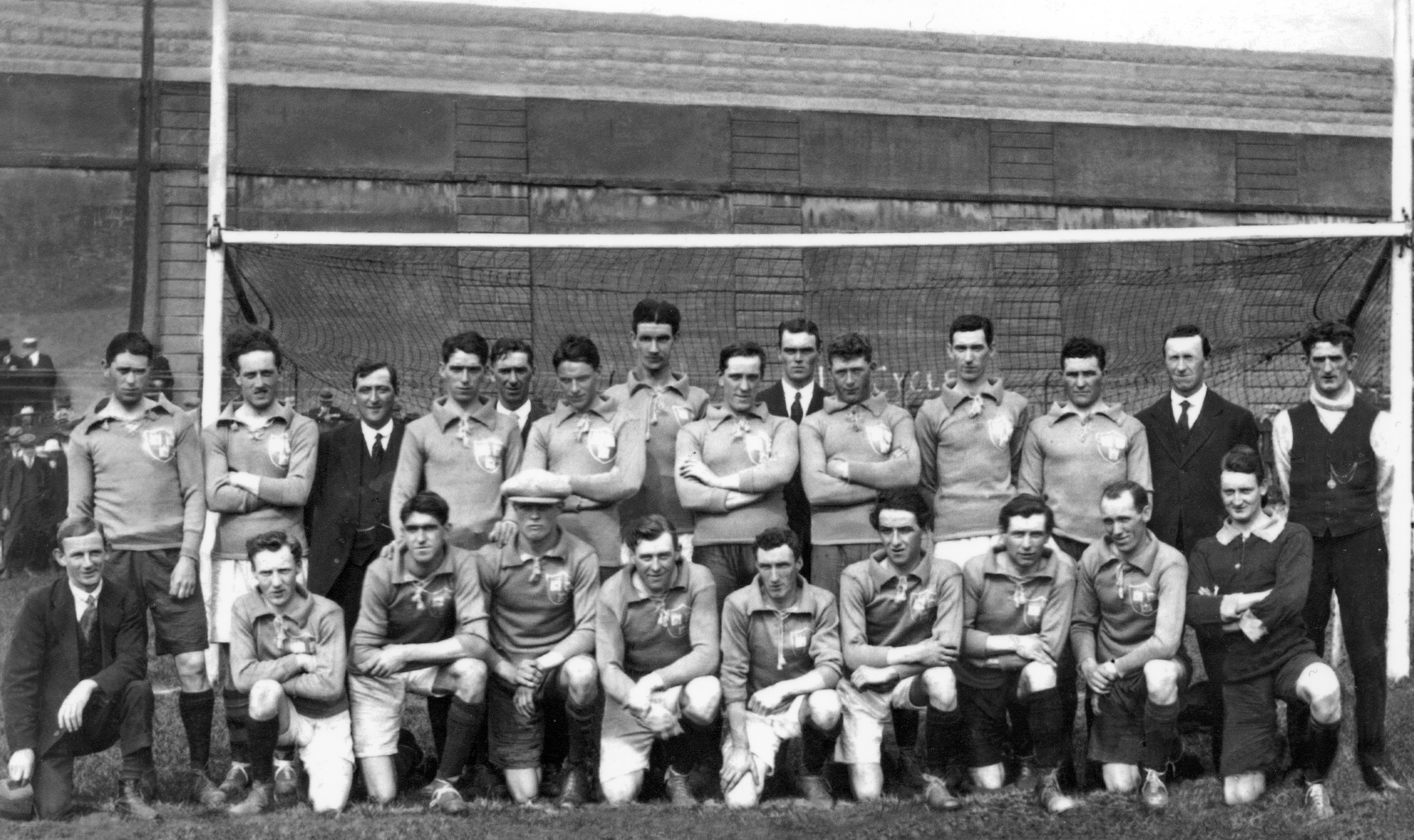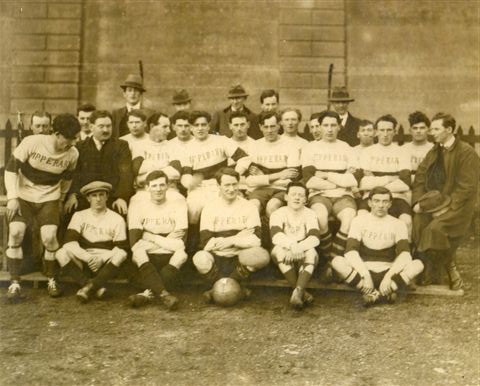- Back to Bloody Sunday 100
Bloody Sunday, 21st November 1920
In 1920 the War of Independence was ongoing in Ireland.
On the morning of November 21st, an elite assassination unit known as ‘The Squad’ mounted an operation planned by Michael Collins, Director of Intelligence of the Irish Republican Army (IRA). Their orders were clear – they were to take out the backbone of the British Intelligence network in Ireland, specifically a group of officers known as ‘The Cairo Gang’.
The shootings took place in and around Dublin’s south inner city and resulted in fourteen deaths, including six intelligence agents and two members of the British Auxiliary Force.
Later that afternoon, Dublin were scheduled to play Tipperary in a one-off challenge match at Croke Park, the proceeds of which were in aid of the Republican Prisoners Dependents Fund. Tensions were high in Dublin due to fears of a reprisal by Crown forces following the assassinations. Despite this a crowd of almost 10,000 gathered in Croke Park. Throw-in was scheduled for 2.45pm, but it did not start until 3.15pm as crowd congestion caused a delay.

Dublin Team, Bloody Sunday 1920
Eye-witness accounts suggest that five minutes after the throw-in an aeroplane flew over Croke Park. It circled the ground twice and shot a red flare - a signal to a mixed force of Royal Irish Constabulary (R.I.C.), Auxiliary Police and Military who then stormed into Croke Park and opened fire on the crowd.
Amongst the spectators, there was a rush to all four exits, but the army stopped people from leaving the ground and this created a series of crushes around the stadium. Along the Cusack Stand side, hundreds of people braved the twenty-foot drop and jumped into the adjacent Belvedere Sports Grounds. The shooting lasted for less than two minutes.
That afternoon in Croke Park, 14 people including one player (Michael Hogan from Tipperary), lost their lives. It is estimated that 60 – 100 people were injured.

Tipperary Team, Bloody Sunday 1920
The names of those who died in Croke Park on Bloody Sunday 1920 were.
James Burke, Jane Boyle, Daniel Carroll, Michael Feery, Michael Hogan, Thomas (Tom) Hogan, James Matthews, Patrick O’Dowd, Jerome O’Leary, William (Perry) Robinson, Tom Ryan, John William (Billy) Scott, James Teehan, Joseph Traynor.
In 1925, the GAA's Central Council took the decision to name a stand in Croke Park after Michael Hogan.
The 21
st November 2020 marks one hundred years since the events of Bloody Sunday in Croke Park.

Michael Hogan